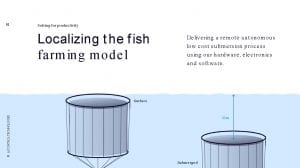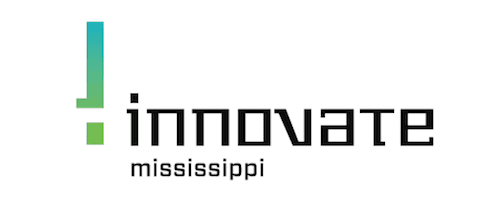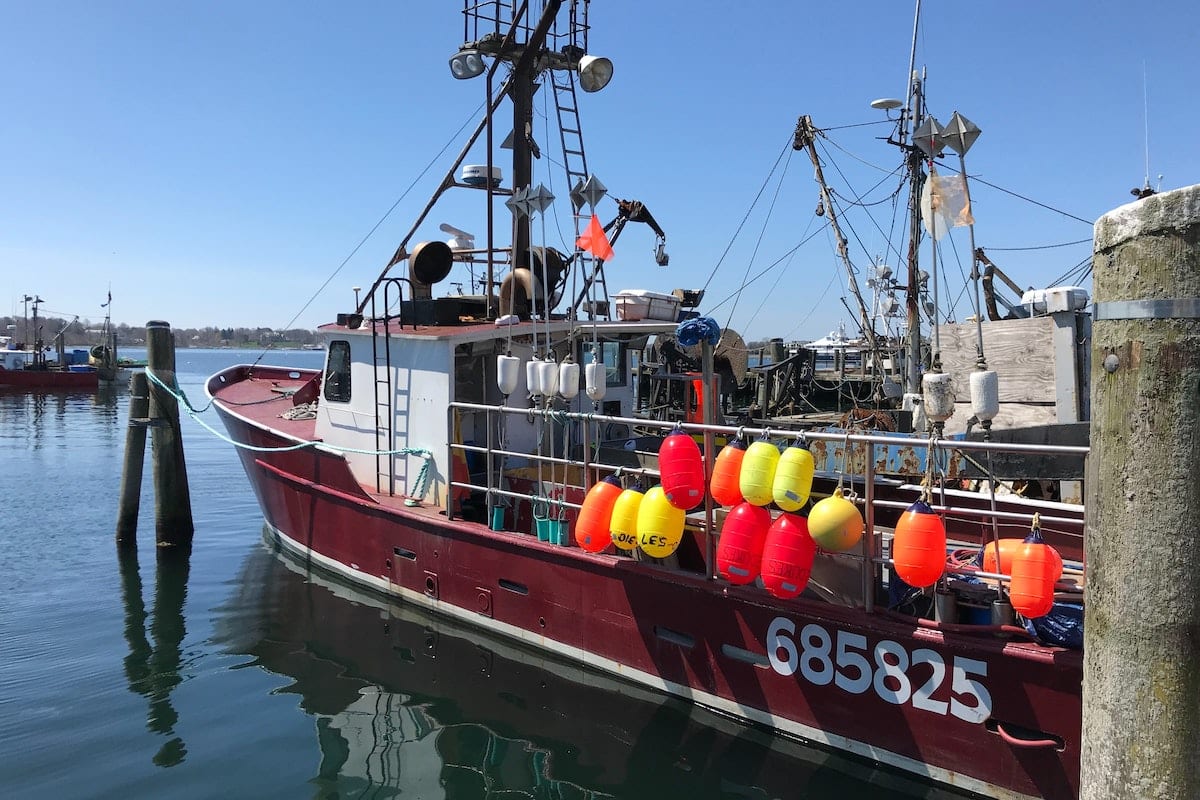AI Control Technologies has a promising future in aquaculture with Mississippi as a base of operations.

AI Control Technologies, or AiCT, was launched about three years ago. Prior to this, in Switzerland, the earlier work was developing an advanced dive computer, called SUBA, designed to help scuba divers manage their ascents and descents safely. Computers have impacted cycling, running, and keeping fit, says CEO Chris Webb, but scuba diving hasn’t changed much for many years.
The Swiss company had early interest from Swiss investors in SUBA but ultimately couldn’t get it off the ground. The underlying technology was sound, says Webb, so when they turned their attention to other applications for what they call their new technology “AutoDive System,” the potential opened up dramatically.
One of those areas is aquaculture: farming finfish, shellfish, other crustacea
“Why are we doing things the way people did it three or four hundred years ago?” asked Webb. “It’s not just about growing seafood in the ocean; it’s doing it in an environmentally responsible way, to high standards and protecting the ocean environment and species.”

At a basic level, devices such as lobster cages and crab pots require buoy lines, which often trap and kill other ocean animals, such as endangered whales. With AiCT’s advances, those cages don’t need buoy lines, as they can be electronically tagged and then raised or lowered with the push of a button.
AiCT has worked in the past with the U.S. Department of Agriculture to farm seaweed well offshore using their technology. The company now has a contract with the Mississippi Department of Marine Resources, along with the University of Southern Mississippi, to use its technology in a pilot project for farming with “off-the-bottom” oyster cages.
To build and test the electronics for other projects, AiCT was awarded a loan from the Mississippi Seed Fund, managed by Innovate Mississippi. “They’re tremendous,” Webb said, noting they’ve worked together for about two years, with Innovate Mississippi helping create relationships with the University of Southern Mississippi and others to help AiCT find partners to turn its ideas into practical products.
The longer-term goal is to empower not just more efficient harvesting of seafood but to make “farming” in the ocean possible. Imagine a pen with shellfish and seaweed on the perimeter and finfish swimming in the middle for farmings seafood. This approach creates a sustainable way to grow and farm the fish and shellfish in cleaner water with automation making it possible. Fish and Seafood Aquaculture in the United States is a $1.6 billion market, according to IBISworld, and growing faster than the agriculture sector overall.
Seafood farming is already happening around the world, with places like Canada, Turkey, and other nations farming fish, while the U.S. is falling behind. That’s one reason for the governmental and higher-education interest in this multi-crop or multi-tropic aquaculture (IMTA).
Fundamentally the argument is that fishing as we know it is unsustainable; in aquaculture, as with agriculture, the move to farming instead of hunting-and-gathering may be required to supply a growing global population with healthy seafood. AiCT sees an opportunity for its unique “autodive” technology to make that possible by automating the movement of cages, pens, and farms in the ocean.
Webb says he feels we’re at a technological moment where we have “all of the pieces you need at the right point in time and the right place.”
“What better thing to do than to produce food for the world to a high-quality standard that is eco-conscious and protects the environment,” he said. “It’s a wonderful combination.”
[Photo by Gary Gillis on Unsplash]

